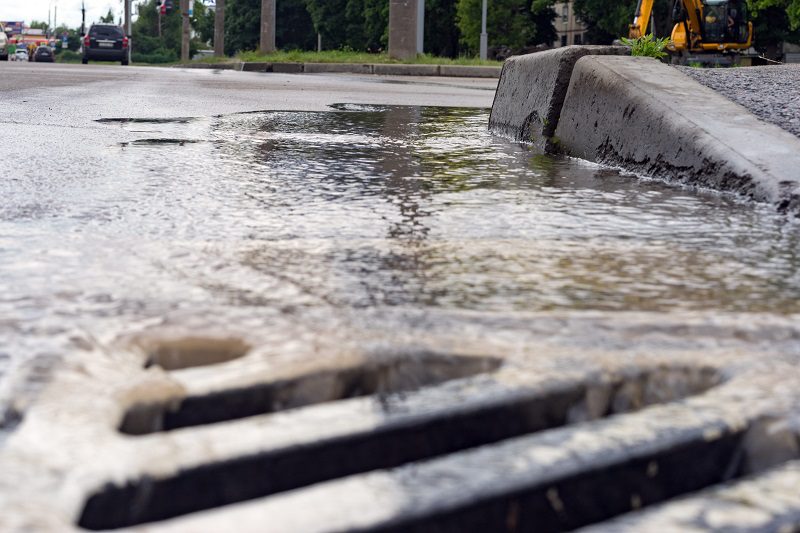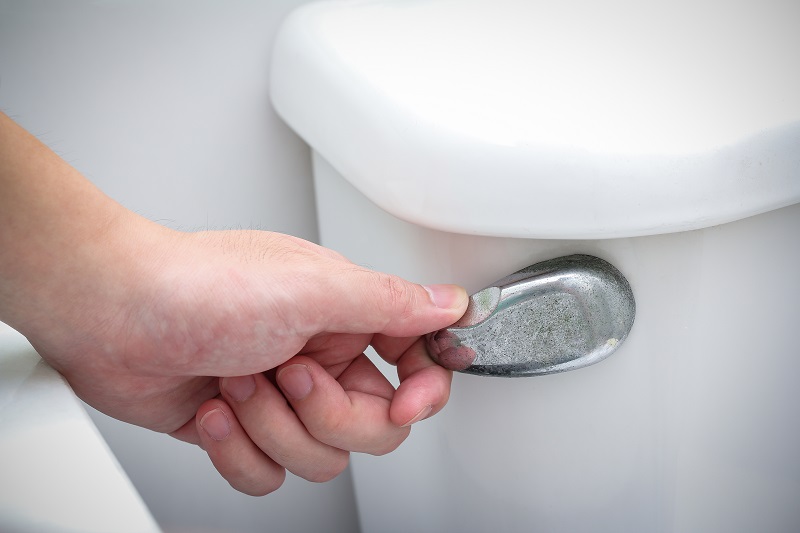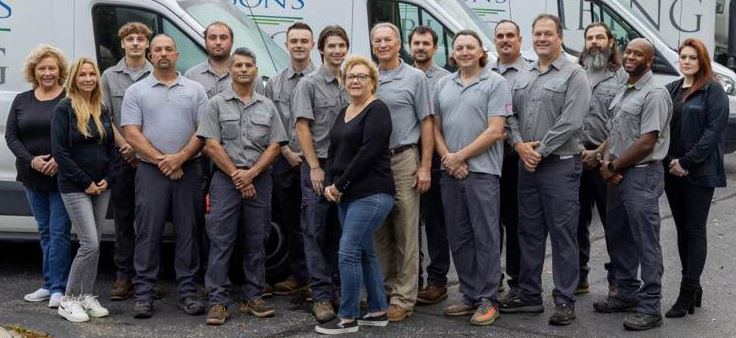
Putman & Son’s Plumbing Wishes You a Relaxing Father’s Day

Plumber, Plumbing Company, Master Plumbers


Sewer line backups can cause a mess in your home. According to the Insurance Institute for Business & Home Safety, the average plumbing drain system failure costs around $4,400 per incident after paying a deductible. That’s a lot of money to have to pay out for an emergency. The best thing to do is to take steps to prevent sewer line backups, so you are less likely to have to deal with an expensive problem.
Sewer line backups can be costly. Contact Putman & Son’s Plumbing today for any sewer blockage or issues before it becomes a larger problem, so we can keep your system flowing properly.

To our fallen soldiers, we respect and appreciate your great sacrifice for us.

Many people spend the majority of their bathroom time on the toilet. This is the most essential seat in the house. A poll consisting of 2,500 people found that most spend an average of an hour and 42 minutes on the toilet weekly. That comes to nearly 92 days in an average lifetime. When your commode stops working, it can wreak havoc on your household.
Water Won’t Stop Running Unless I Hold the Handle
If you have to jiggle or hold the handle to get the toilet to stop running after a flush, then chances are something is wrong with your tank parts. These components don’t last forever and may need to be replaced from time to time. Doing so will ensure that your toilet works properly and can lower your water bill.
I Can See Visible Cracks in the Tank or Bowl
Most toilets are made of porcelain, which can crack and chip. Damage to the tank or bowl can be a big problem. Even a small crack can allow water to leak out and lower efficiency. If ignored, a crack can eventually grow and cause serious water damage inside your home. Some damage can be repaired using plumber’s putty or silicone sealant. Others may require a new toilet.
My Toilet Won’t Flush Anymore or Requires 2 Flushes
Toilets that won’t flush or require two flushes to work can be tricky to diagnose. It could be an issue with the lift chain, water valve, or flapper. The best way to find and solve the problem is with the help of a professional plumber. Call Putman & Son’s Plumbing 24/7 hotline today to schedule an appointment for your malfunctioning toilet.
Putman & Sons Plumbing
2175 Crooks Rd.
Rochester Hills, MI 48309
Phone: (248) 652-0990
Fax: (248) 606-4187
We solve your plumbing problems quickly and affordably so you’ll want to retain our services for future plumbing needs.
